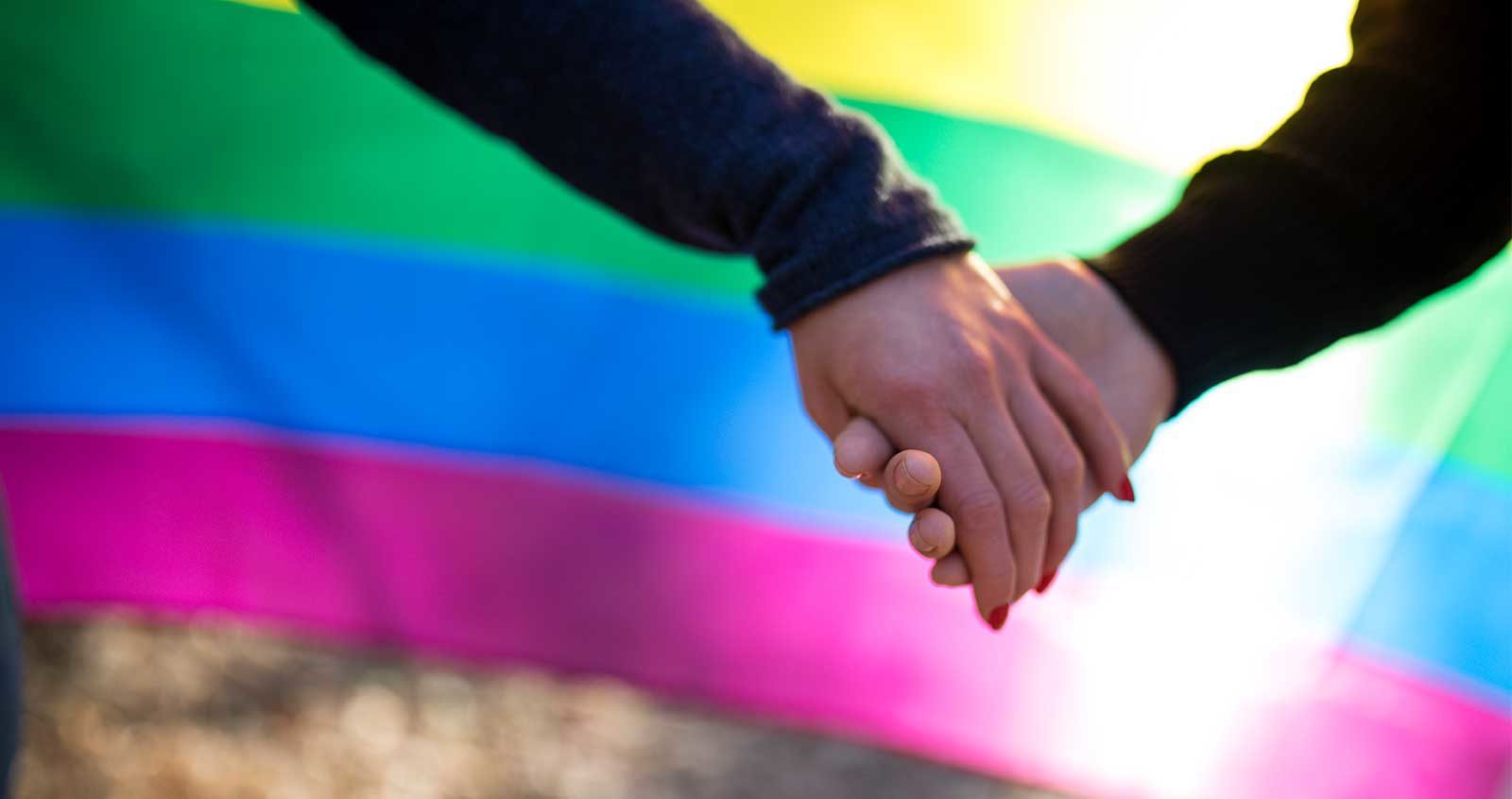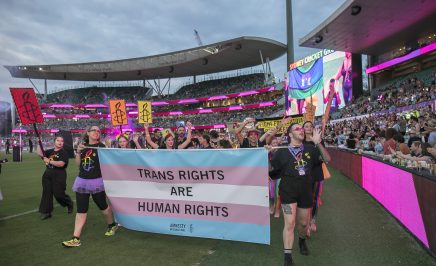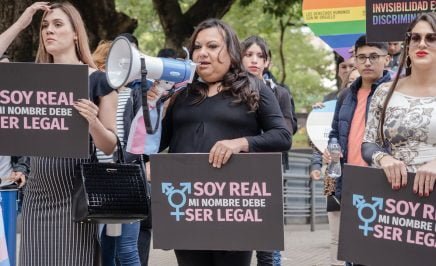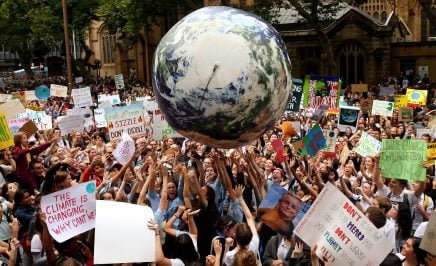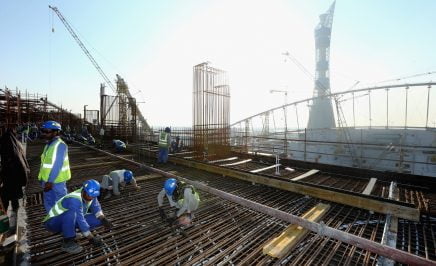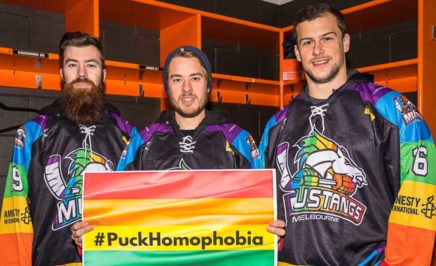In a blow to the rights of LGBTQI students in the US, President Trump has revoked landmark guidance from the former Obama administration, which allowed transgender students to use the bathroom matching the gender they identify with.
“Reversing this guidance tells trans kids that it’s OK with the Trump administration and the Department of Education for them to be abused and harassed at school for being trans.”
American Federation of Teachers President Randi Weingarten.
Access to education is a human right and in a perfect world, LGBTQI youth would receive all the support needed to successfully access and participate in school without harassment, bullying, or feeling unsafe. Unfortunately there is still much to be done for LGBTQI equality in schools, around the world and here at home.
What’s happening in our schools?
According to the Australian Human Rights Commission, “80 per cent of homophobic bullying involving LGBTI young people occurs at school and has a profound impact on their well-being and education.”
One heart-breaking example is the story of Tyrone Unsworth from Brisbane. According to a BBC report, Tyrone did the best he could to ignore the bullying he experienced at the hands of his schoolmates who perceived him as gay.
Homophobic taunts turned to physical abuse leaving young Tyrone hospitalised, according to reports. He was too afraid to return to school and soon after took his own life in November 2016 at the age of 13.
A 2010 study conducted by Australian Research Centre in Sex, Health and Society at La Trobe University found that 61 per cent of young LGBTQI people reported verbal abuse because of homophobia and transphobia. 18 percent reported that the abuse was physical.
In response to the overwhelming need, the Safe Schools Coalition of Australia was founded in September 2015. Safe Schools developed support and programs for students, teachers, communities, and school administrators that are easily accessible.
However, the implementation of such an important program came with scrutiny from conservative Christian groups and conservative MPs. Those against the Safe Schools Coalition of Australia said the program highlighted sexual issues inappropriate for youth.
The program came under review following Cory Bernardi’s comments that it “indoctrinates kids with Marxist cultural relativism.”
Despite the backlash, the Safe Schools Coalition of Australia continues to do great things for LGBTQI students. They offer free resources and support to schools concerning safer, inclusive environments for students.
What can schools do to help our LGBTQI youth?
Firstly, it’s vital that schools have a policy against homophobia and transphobia, as these are effective in preventing LGBTQI teens from physical and verbal abuse, as well as self-harm and suicide.
“LGBTI young people at schools where protective policies are in place are more likely to feel safe compared with those in schools without similar policies (75 per cent compared with 45 per cent),” according to the Australian Human Rights Commission.
“They are almost 50 per cent less likely to be physically abused at school, less likely to suffer other forms of homophobic abuse, less likely to self-harm and less likely to attempt suicide.”
Australian Human Rights Commission
Going further, having teachers and school administrators be active allies and spread awareness about LGBTQI people in their classrooms creates a more welcoming environment. Promoting awareness through the Safe Schools resources is just one effective way to do this.
School clubs such as Gay Straight Alliance Clubs (GSAs) also help students learn key aspects concerning diversity. GSAs are also useful for school system administrators and mentors to get a better understanding about how LGBTQI youth are treated.
Feeling the pressure? We’ve put together this guide to make things that little bit easier ?https://t.co/xbAx4KIizv
— Minus18 (@minus18youth) February 22, 2017
One study published in the International Journal of Child, Youth, and Family Studies (2014), found that schools with GSAs for three or more years reduced homophobic bullying and suicide by 50 per cent.
The fight to ensure LGBTI support in our school systems is ongoing and ever changing. The first step is to recognise the issue and then take action. Reach out to your community’s school and ask if policies are in place for LGBTQI students. You can also become a line of support for LGBTQI students through volunteering.
You can also help raise awareness of the issue by volunteering or enlisting other community members for support. After all, securing a student’s academic future while ensuring a safe environment to succeed is the goal of any community. Many people may want to ignore the issue, but creating a discussion is often the best way to overcome obstacles. Stay up to date on current legislation too, since the battle for equality in schools continues to be an uphill battle.
By Vera Marie Reed
If this article has raised concerns about bullying or suicide for you or someone you know, please access help:
Kids Helpline: 1800 55 1800 or online at www.kidshelpline.com.au (24hrs/7 days)
Qlife: 1800 184 527 or online at www.qlife.org.au (3pm-midnight everyday)
Lifeline: 13 11 14 or online at www.lifeline.org.au (24hrs/7 days)
Everyone has the right to live a life free from discrimination. We are all entitled to self-determination, dignity and freedom, regardless of who we love or how we identify. Take action and learn more about our LGBTQIA+ rights campaign.
